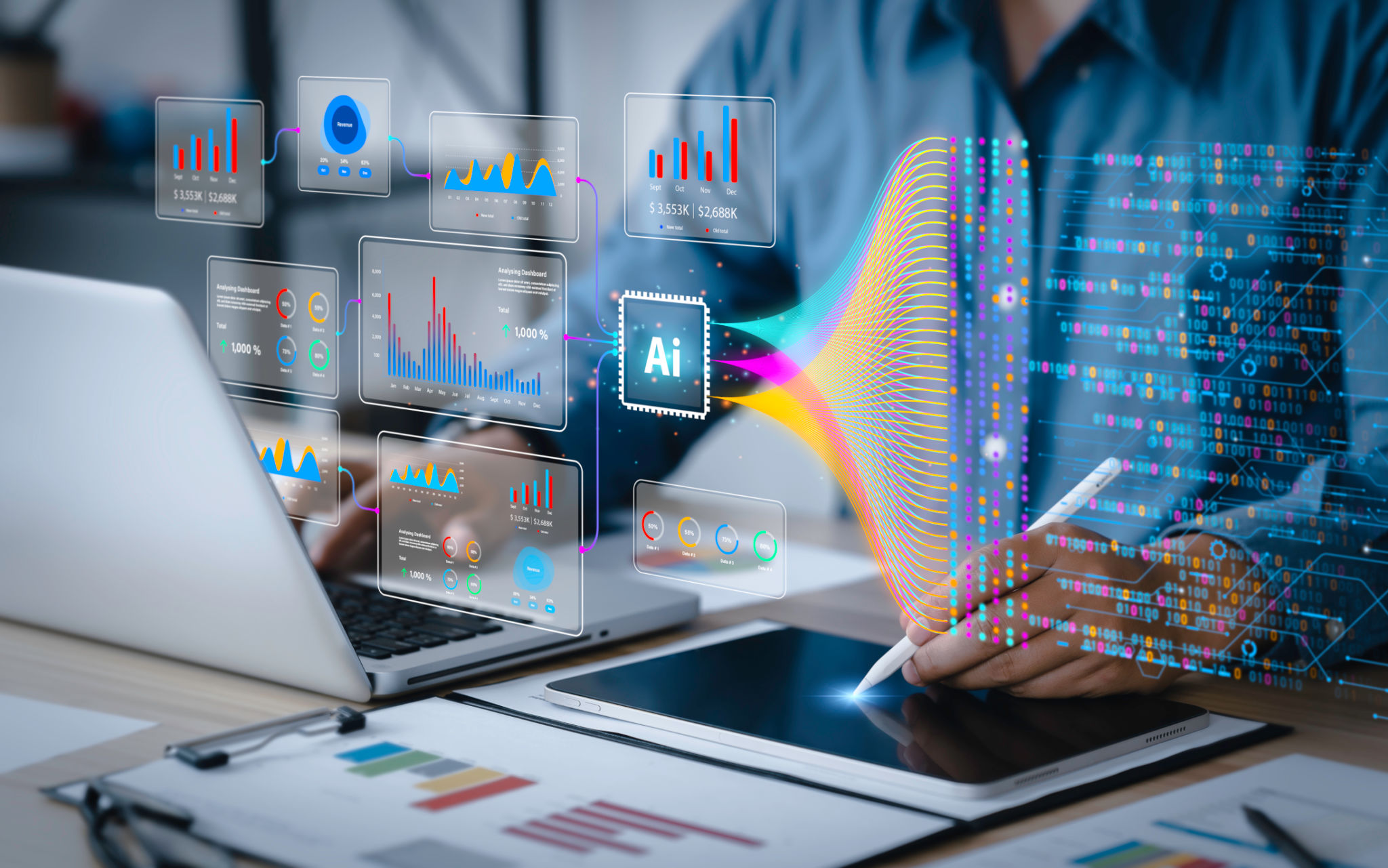Demystifying AI: Common Misconceptions Debunked by Experts
Understanding Artificial Intelligence
Artificial Intelligence (AI) is one of the most discussed topics today, yet it remains shrouded in mystery for many. Often, misconceptions about AI lead to unwarranted fears or unrealistic expectations. In this blog post, we aim to demystify AI by addressing common misconceptions with insights from experts in the field.

AI Is Not a Single Entity
One of the biggest misconceptions is thinking of AI as a single, monolithic entity. In reality, AI encompasses a range of technologies and techniques that enable machines to simulate human-like intelligence. From machine learning and natural language processing to robotics and computer vision, AI is a diverse field with various applications. Understanding this distinction helps to appreciate the complexity and potential of AI.
Experts emphasize that AI should not be seen as a standalone technology but as a tool that enhances human capabilities. By collaborating with AI, we can solve complex problems more efficiently than ever before.
AI Is Not Infallible
Another common misunderstanding is the belief that AI is infallible. While AI systems can process vast amounts of data and perform tasks with high accuracy, they are not immune to errors. AI models are only as good as the data they are trained on. If the data is biased or incomplete, it can lead to flawed outcomes.

Experts stress the importance of maintaining transparency and accountability in AI development. Regularly auditing AI systems and ensuring diversity in training data are crucial steps in minimizing errors and biases.
The Fear of Job Loss
The notion that AI will render humans obsolete in the workforce is a prevalent fear. While AI will inevitably automate certain tasks, it is unlikely to replace humans entirely. Rather, AI is expected to transform jobs by taking over repetitive tasks, allowing humans to focus on more complex and creative endeavors.
According to experts, the key lies in reskilling and upskilling the workforce to adapt to the changing landscape. By embracing AI as a collaborative partner, we can unlock new opportunities for innovation and growth.

AI Does Not Possess Human Emotions
A common portrayal in science fiction is AI possessing human-like emotions and consciousness. In reality, AI lacks the ability to feel or express emotions as humans do. AI operates based on algorithms and code, without any understanding or awareness.
Experts clarify that while AI can simulate emotional responses through sentiment analysis or affective computing, these responses are not genuine emotions. Understanding this distinction helps in setting realistic expectations about what AI can achieve.
Conclusion: Embracing AI with Caution
Demystifying AI involves separating fact from fiction and understanding its true capabilities and limitations. By debunking these common misconceptions, experts provide a clearer picture of how AI can be integrated into our daily lives responsibly. The future of AI holds immense potential, but it requires careful consideration and ethical guidelines to harness its full benefits.
As we continue to develop and refine AI technologies, fostering an open dialogue between experts, policymakers, and the public will be essential in ensuring that AI serves as a force for good in society.